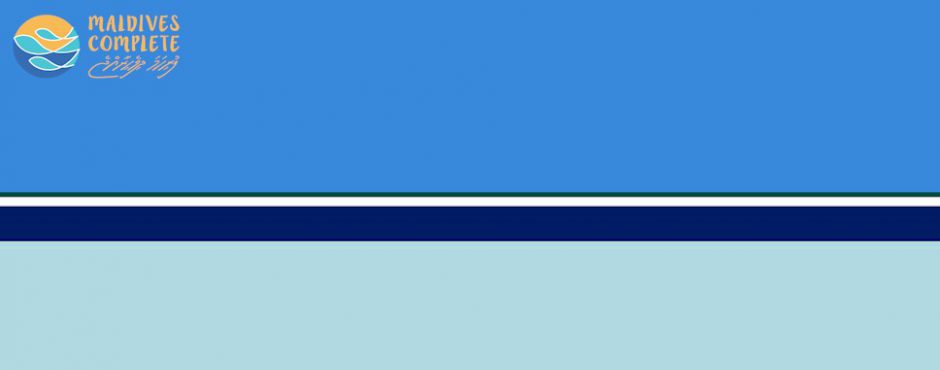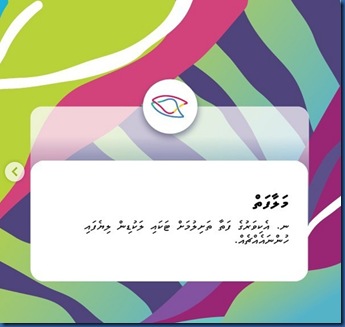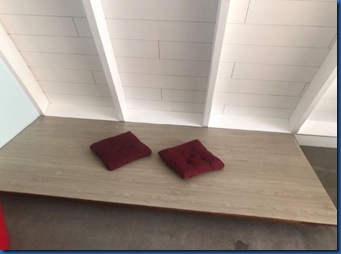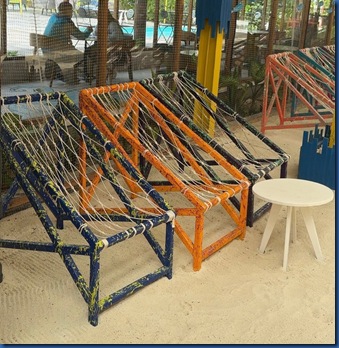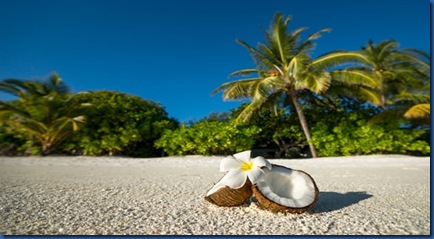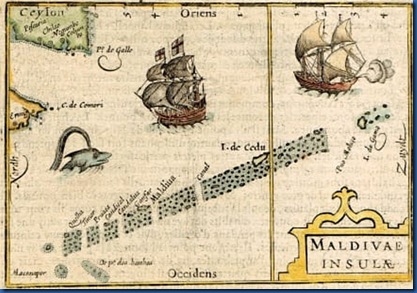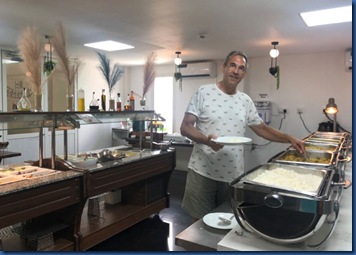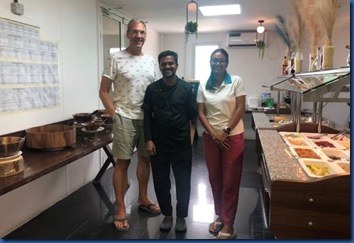In a refreshing break from the pervasive bikinis and palm trees on the #maldives Instagram feed, Oaga featured a series of Dhivehi useful and interesting phrases (with both Dhivehi writing and western forms) on their feed. A couple of Dhivehi dictionaries are on the web, but this collection of sayings is the closest things to a phrasebook I have come across:
- Aanlheoa – used for greeting, congratulations or cheering some one
- Hoba – kindness or wellness
- Samaasaa – tease or entertan
- Nakaiy – periods of the monsoon calendar
- Suvvaasthi – expression of happiness “when feelings of joy rise to color how we convey ourselves”
- Hiy Huba – good-heart, used as expression of gratitude
- Malaafaiy – special wooden tray
